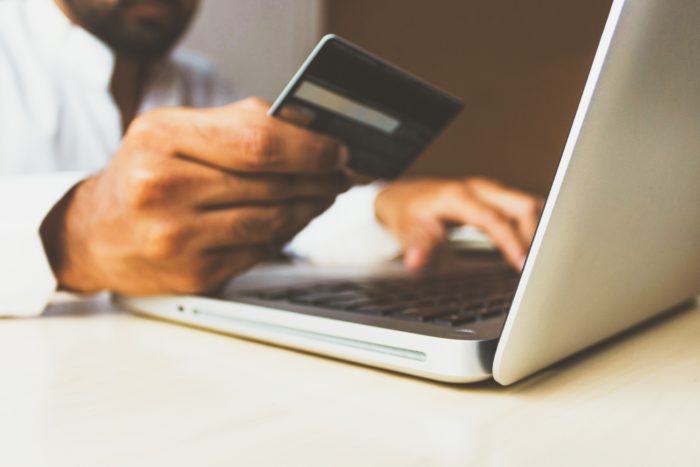There’s no way around it: minimum advertised price, or MAP, violations are not fun. And it’s not always easy to stop them, especially if you sell on hyper-competitive eCommerce marketplaces such as Amazon and Walmart.
For example, say you enter an agreement with a retailer that they won’t advertise your product below a set price. You check in on the various marketplaces and see that your products are, in fact, listed below your MAP policy. The result of this could be lost revenue, eroded brand perception, a decrease in sales, and more. So, you set about solving this problem.
It’s at this time that you realize a challenge with preventing MAP violations. Not every violator is your trusted, authorized retail partner whose phone number and email address you have saved. Instead, your product is sold by some unknown seller. You don’t recognize the seller name and their contact information is hard to find.
What can you enforce MAP in these instances? You can turn to trap buy programs.
A trap buy program is used to identify unknown sellers and track products back to their distribution channels.
What is a Trap Buy Program?
A trap buy program is when a brand buys its own product from an unknown seller in an attempt to learn more about that how that product was distributed and why it ended up listed by a third-party vendor not authorized by the brand.
This is a tactic sometimes used to identify unknown sellers and track products back to their distribution channels. A formal trap buy program scales up this effort to capture more unknown sellers and gain better insight into distribution weak points.
For example, you come across your product sold on an eCommerce marketplace by a seller you don’t recognize. That product is sold for a price well below your MAP agreement with your authorized resellers. As a result, they’re not pleased that shoppers can buy this product from someone else. You can’t find this unknown seller’s information online. So, you click buy and hope to “trap” this seller in their gray-market behavior.

When is a Trap Buy Useful?
Now the product ordered from this unknown seller is on your doorstep. What can you do with it? This is where the value of a trap buy program comes into play.
For starters, you can get lucky and dig into the return address on the package. Ideally, this is the actual business address of the unknown seller that wasn’t posted online. In some cases, you may also get return information that includes names, phone numbers, or email addresses. This would be a great win and a clear starting point to contact this vendor about the unauthorized sales.
A trap buy is also useful if you have product serialization. The short version of this tactic is that each shipment of products is labeled with a unique identifying code that tells you when and where the product was manufactured, among other details. Check this serial number to learn which distributor was responsible for this product—therefore identifying a potential weakness in your supply chain.
When is a Trap Buy Not Useful?
On the flip side, trap buy programs aren’t always successful. Simply put, it can not work out if you don’t have product serialization or if the unknown seller doesn’t send the product with contact information included—or if that contact information is fake.
A trap buy program can also not be successful if you don’t have the budget for it at this time. Purchasing your own products back from vendors under the guise of an average consumer can be costly, especially at scale. Add in the risk that the trap might not spring and this progam isn’t worth it.
The bottom line is that you can prevent MAP violations with a trap buy program. However, it should be part of a large MAP enforcement strategy to mitigate risk and costs.














